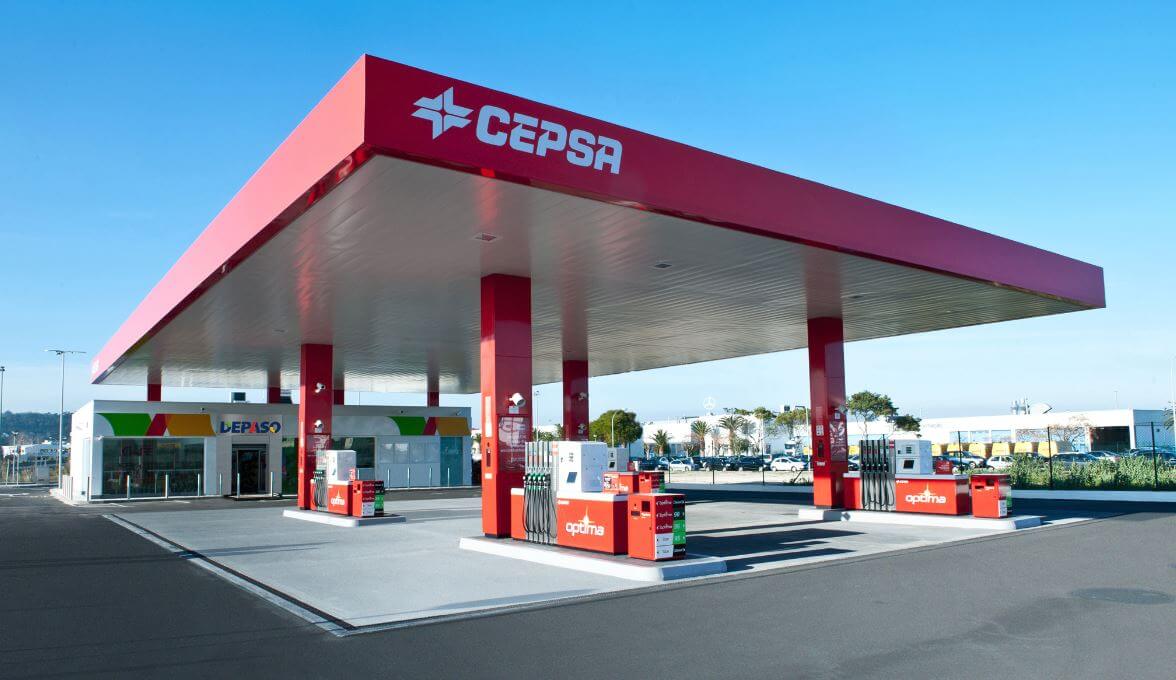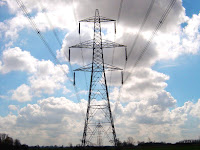Everyday, we produce transformations of energy. When energy is transfomed, it may produce some unwanted forms of energy. The following examples show how:
👉When we rub our hands , we transformed the chemical energy in our muscles into kinetic energy, and after, the kinetic energy can be transformed into thermal energy.
👉The chemical energy in the fireworks is converted into light, heat , sound and mechanical energy when it explode.
👉The nuclear energy in stars is transformed into very intense luminous and thermal energy.
sábado, 28 de enero de 2017
martes, 24 de enero de 2017
What is Energy?
Energy is the capacity of a body to perform transformations and do work. It can't be destroyed or created, it only can be transformed. Humans take their energy from food, and after we transform this energy into metabolic and muscular energy. Modern devices need electrical energy, for example; cars have motors that use gasoline or diésel as a source of energy.


➡ FORMS OF ENERGY.
In nature, these forms of energy can manifest in different ways:
POTENTIAL: Associated with the height of an object above the ground, or the storage of energy in a spring.
KINETIC: The energy of physical movement.
MECHANICAL: The sum of potential and kinetic energy.
SOUND: The energy of sound waves , which are prodced by vibrations and propagated hrough a physical médium.
 ELECTRICAL: The product of an electrical current.
ELECTRICAL: The product of an electrical current.
NUCLEAR: tThe energy in the nucleus of an atom.
LUMINOUS: Associated with light.
THERMAL OR CALORIFIC: Associated with the movment of particles in matter.
CHEMICAL: Results from the formation or descomposition of substances. For example, metabolic energy is generated by living organisms that perform chemical transformations during digestión and respiration.
ELECTROMAGNETIC: Occurs when electrical currents créate magnetic fields.
➡ UNITS OF MEASUREMENT FOR ENERGY.
Energy is measured in joules (J) , and when it takes the form of heat, we express it as calories. Relationship: 1 cal= 4.18 J.
➡ POWER.
Power is the amount of work that it can do a machine in a certain amount of time. Relationship: P=W/t. (W: work expressed in joules and t: time expressed in seconds)
In machines, the output is always less tan their energy input. This happens because some energy is always lost to friction, vibration and heat. Relationship:
Energy conversión efficiency (%)= output/input * 100
➡ FORMS OF ENERGY.
In nature, these forms of energy can manifest in different ways:
POTENTIAL: Associated with the height of an object above the ground, or the storage of energy in a spring.
KINETIC: The energy of physical movement.
MECHANICAL: The sum of potential and kinetic energy.
SOUND: The energy of sound waves , which are prodced by vibrations and propagated hrough a physical médium.
NUCLEAR: tThe energy in the nucleus of an atom.
LUMINOUS: Associated with light.
THERMAL OR CALORIFIC: Associated with the movment of particles in matter.
CHEMICAL: Results from the formation or descomposition of substances. For example, metabolic energy is generated by living organisms that perform chemical transformations during digestión and respiration.
ELECTROMAGNETIC: Occurs when electrical currents créate magnetic fields.
➡ UNITS OF MEASUREMENT FOR ENERGY.
Energy is measured in joules (J) , and when it takes the form of heat, we express it as calories. Relationship: 1 cal= 4.18 J.
➡ POWER.
Power is the amount of work that it can do a machine in a certain amount of time. Relationship: P=W/t. (W: work expressed in joules and t: time expressed in seconds)
In machines, the output is always less tan their energy input. This happens because some energy is always lost to friction, vibration and heat. Relationship:
Energy conversión efficiency (%)= output/input * 100
Energy
We will learn a new unit called Energy. Before we begin, I'm going to solve the next answers:
1.What is the difference between a form of energy and an energy source?
2.Can you name an energy source?
The sun, the uranium...
3.What is a renewable energy source?
 Renewable enegy sources come from natural resources that we cannot use up completely. These include hydroelectric, solar, marine, geotermal and biomass resources, as well as energy that we can produce from solid urban waste.
Renewable enegy sources come from natural resources that we cannot use up completely. These include hydroelectric, solar, marine, geotermal and biomass resources, as well as energy that we can produce from solid urban waste.
4. Where do oil, gas and coal come from?
They come from fossil fuels, include in non-renewable energy sources.
5. What types of power stations do you know?
Thermal power stations that use fossil fuels, combined-cycle power stations, nuclear power stations, wind farms, hydroelectric power stations, solar power stations, biomass power stations, marine power stations and geothermal power stations.
6. How is electricity transported from a power station to your home?
First they have to raises the voltaje and then routing for high voltage and the lines are installed on towers. Before this procces, the substanctions use transformers to reduce the power to lower voltages. Finally, the power is distributed to homes.
7. What do the terms "greenhouse effect" and "acid rain" mean? How are they related to energy production?

 Acid rain is caused by emissions of sulfur dioxide and nitrogen oxide, which react with the water molecules in the atmosphere to produce acids. Acid rain is a rain or any other form of precipitation that is unusually acidic, meaning that it possesses elevated levels of hydrogen ions.
Acid rain is caused by emissions of sulfur dioxide and nitrogen oxide, which react with the water molecules in the atmosphere to produce acids. Acid rain is a rain or any other form of precipitation that is unusually acidic, meaning that it possesses elevated levels of hydrogen ions.
The greenhouse effect is the process by which radiation from a planet's atmosphere warms the planet's surface to a temperature above what it would be without its atmosphere.
8. What other points could you add to your poster or leaflet?
Environmental consequences.
8. What other points could you add to your poster or leaflet?
Environmental consequences.
Suscribirse a:
Comentarios (Atom)


